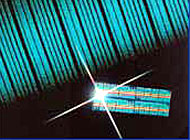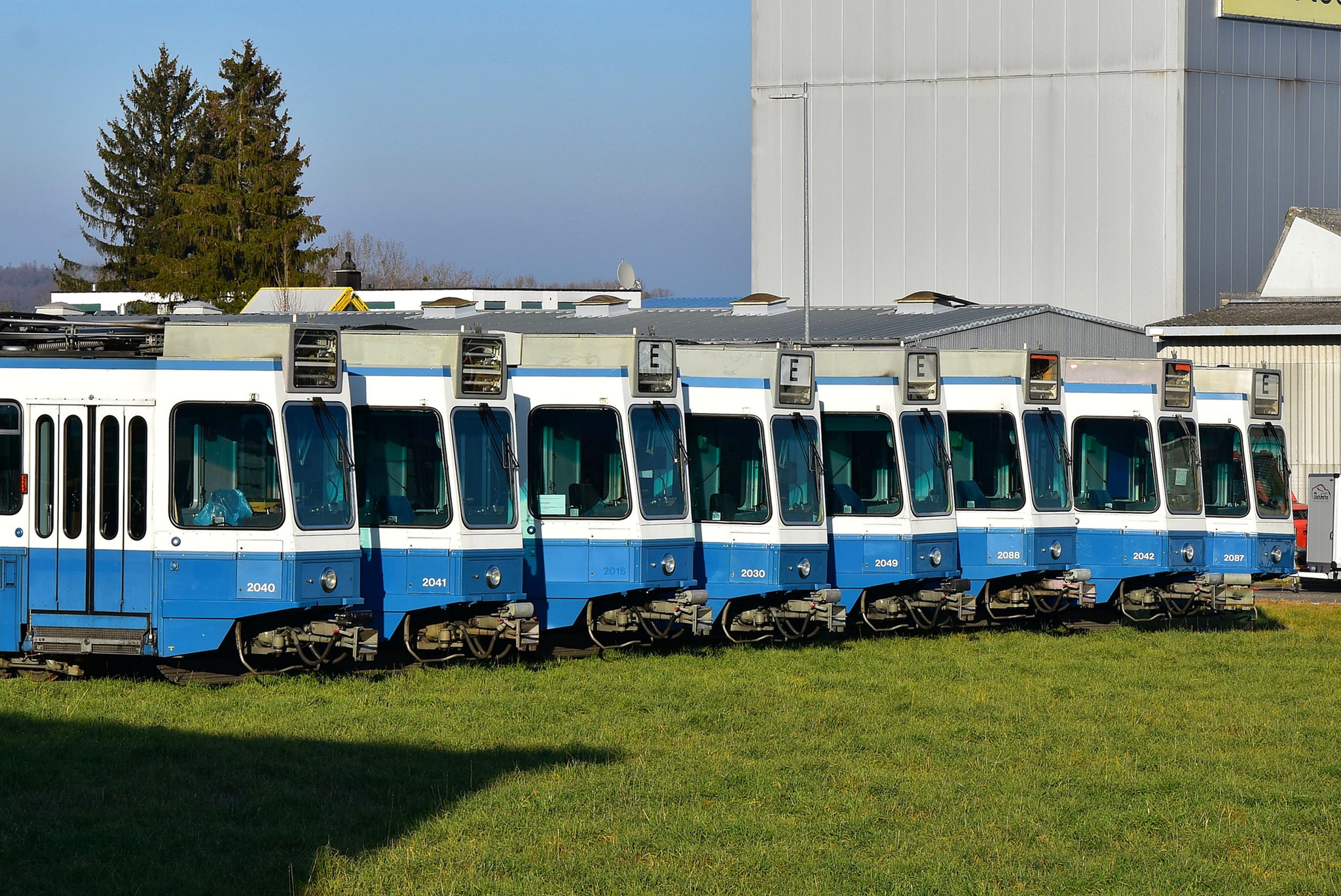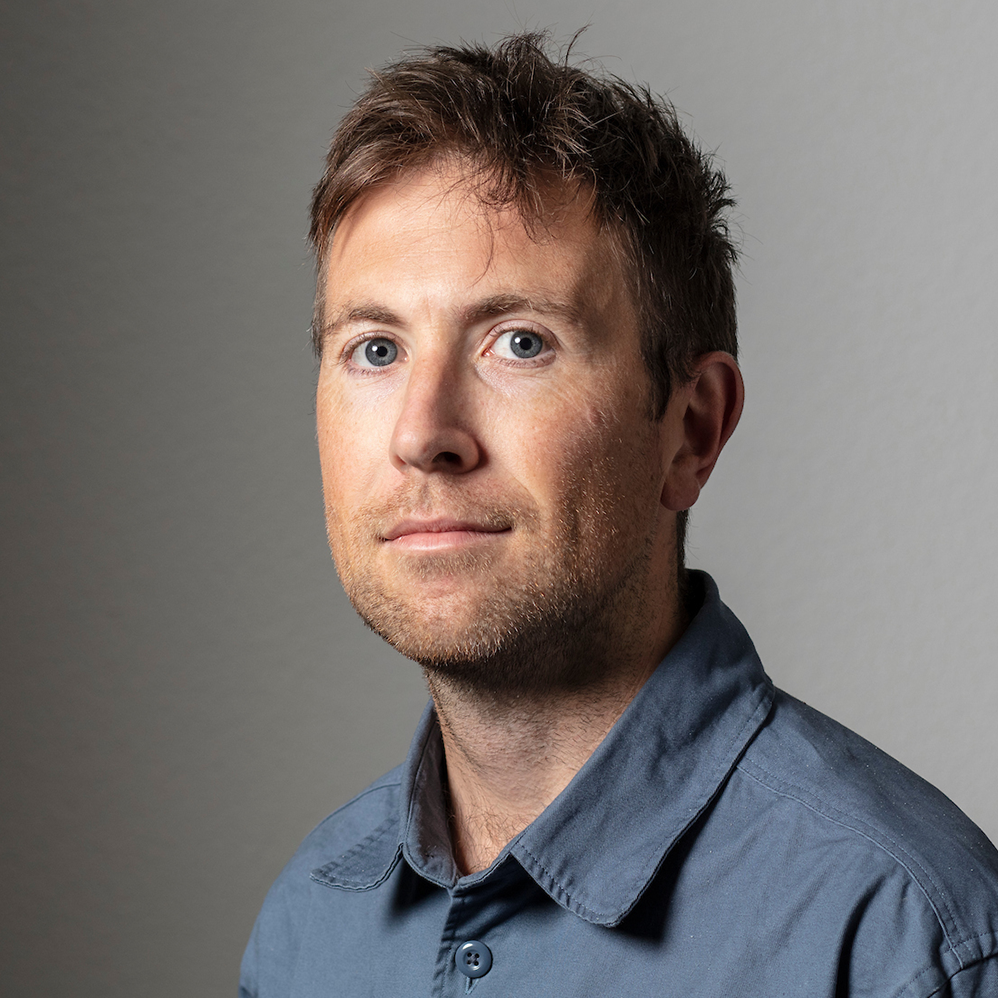Swiss laser goes the last mile

Videophones and movies over the Internet have moved a step closer to reality for millions of people thanks to a new laser developed in Switzerland.
Most users have been unable to benefit from high speed access because of the so-called “last mile problem” – the need to dig up city streets to lay fibre-optic cables which can transmit billions of data bits every second.
An alternative approach has been free-space optics, in which an infrared laser beams data to a receiver on your rooftop, but this has faced a number of obstacles, not least because it doesn’t function properly in bad weather.
But now a team at the university of Neuchâtel has developed a new laser with a longer wavelength which is untroubled by the weather and can work at room temperature.
Conquering the weather
Although rain and snow can distort a signal, fog is the biggest obstacle to transmission because it is composed of extremely small moisture particles which scatter the light beam, breaking up the signal.
The semiconductor lasers available now operate at a relatively short wavelength of about 1.5 micrometres and the beams typically travel only a few hundred metres before being absorbed by water vapour in the air.
The Neuchâtel team led by Jérôme Faist and Mattias Beck of the physics institute have made a new semiconductor laser with a wavelength of about nine micrometres.
Because water vapour and even rain, snow and smog absorbs only a tiny amount of light at that wavelength, free-space optical systems built with the new laser should work at distance of two kilometres.
Massive bandwidth
One disadvantage of free-space optics is that there must be an unobstructed path between transceivers. On the other hand, they offer massive bandwidth and are relatively cheap and easy to deploy.
“Our laser is cheap and it can transmit data at very fast rates,” Beck told swissinfo. “This laser works continuously at room temperature. Up to now we had to cool this device to -200 degrees Centigrade for it to run continuously.”
The new laser, called a quantum cascade laser consists of numerous semiconducting layers. The wavelength of the light is determined by the thickness of the layers.
Alpes Lasers, a university spin-off company is selling the lasers at SFr10-15,000 apiece.
Gas detection
Besides their use for telecommunications, quantum cascade lasers also offer gas-sensing applications.
“Most gas molecules absorb a specific light colour in the mid infra-red range between three and 20 microns,” said Beck.
“It should be possible to make an instrument which can detect pollutants in the air or which measure gases in food processing or in an industrial environment.”
by Vincent Landon

In compliance with the JTI standards
More: SWI swissinfo.ch certified by the Journalism Trust Initiative








You can find an overview of ongoing debates with our journalists here . Please join us!
If you want to start a conversation about a topic raised in this article or want to report factual errors, email us at english@swissinfo.ch.